
EASL Congress 2023
21-24 June Vienna

|
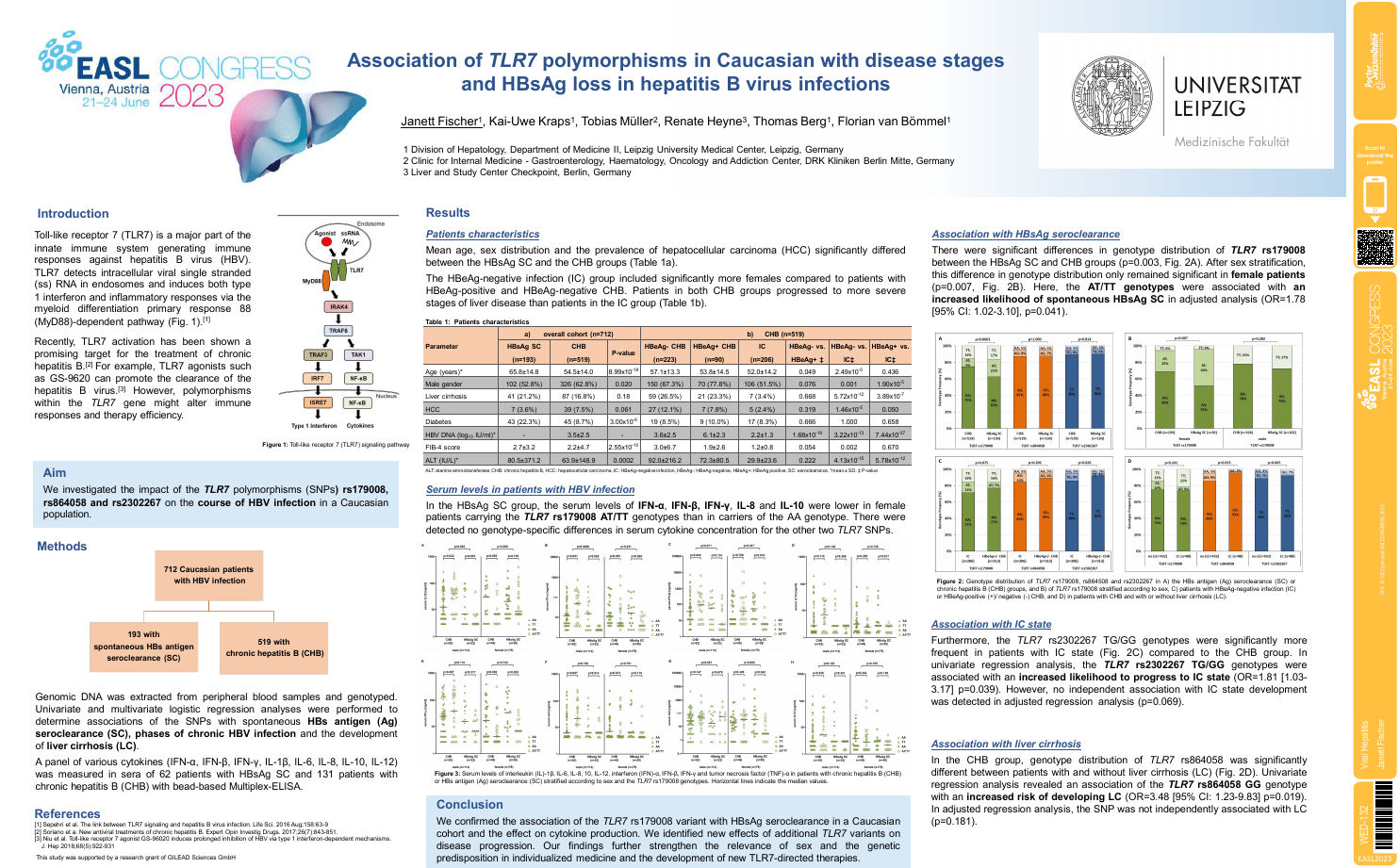
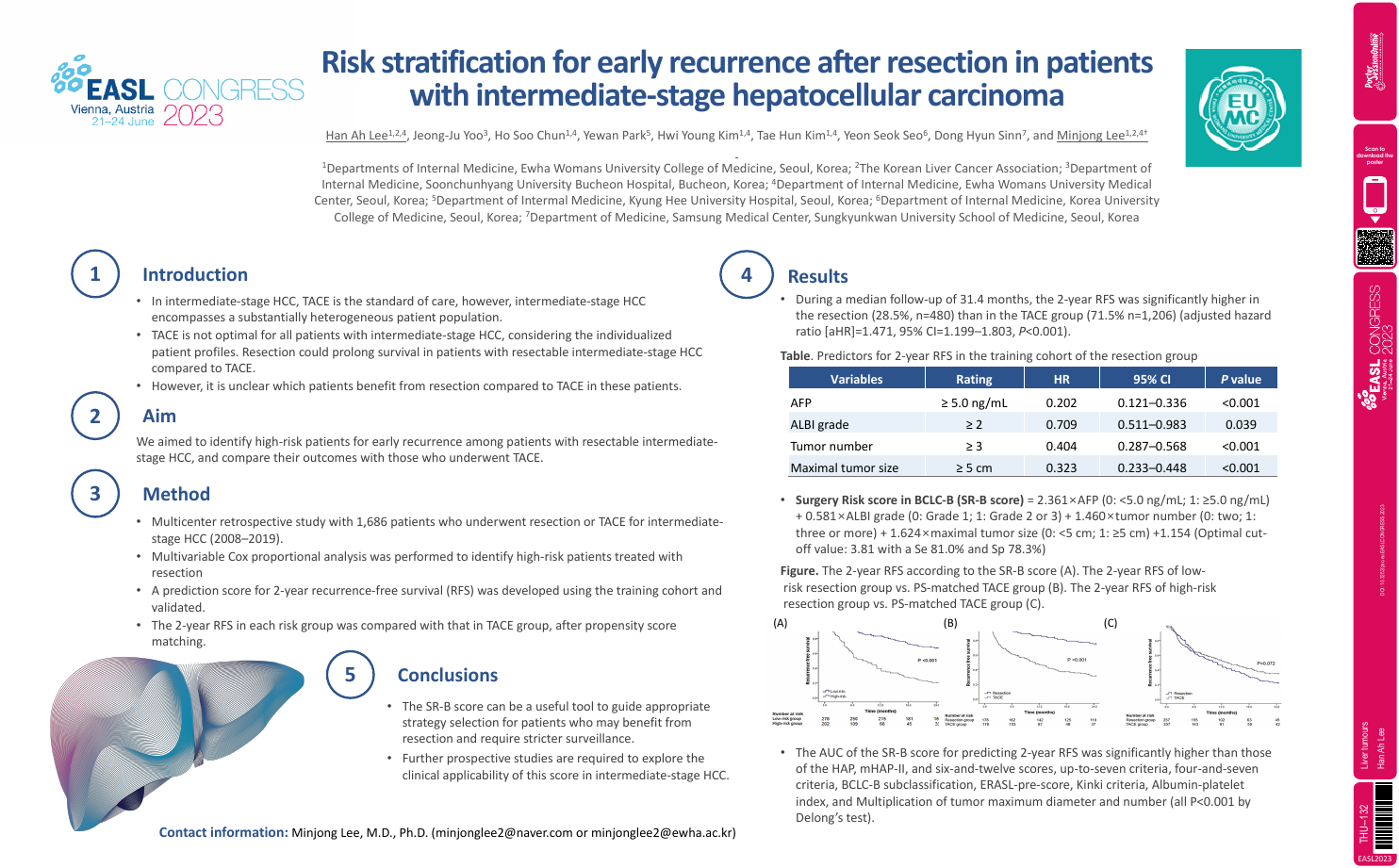
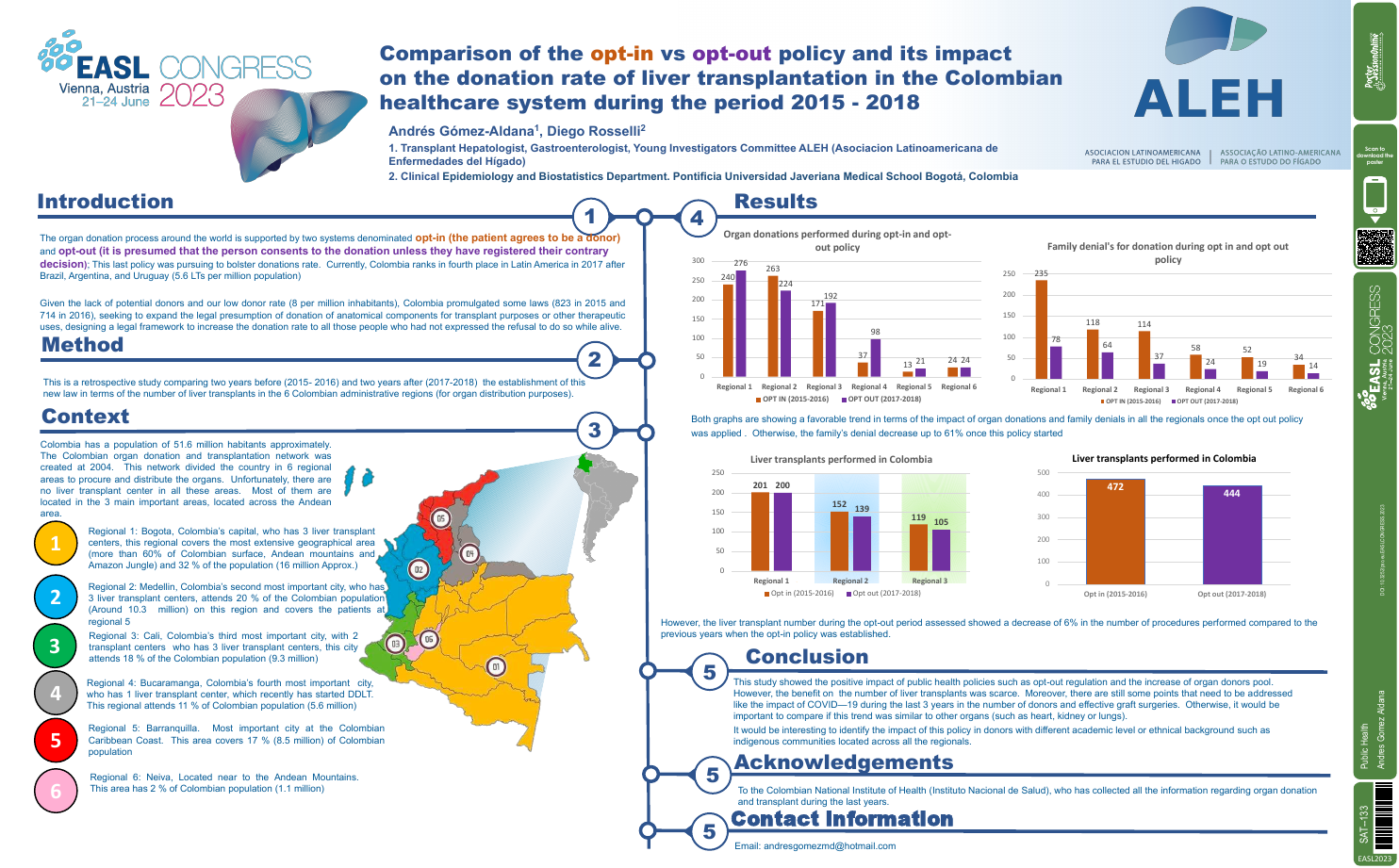
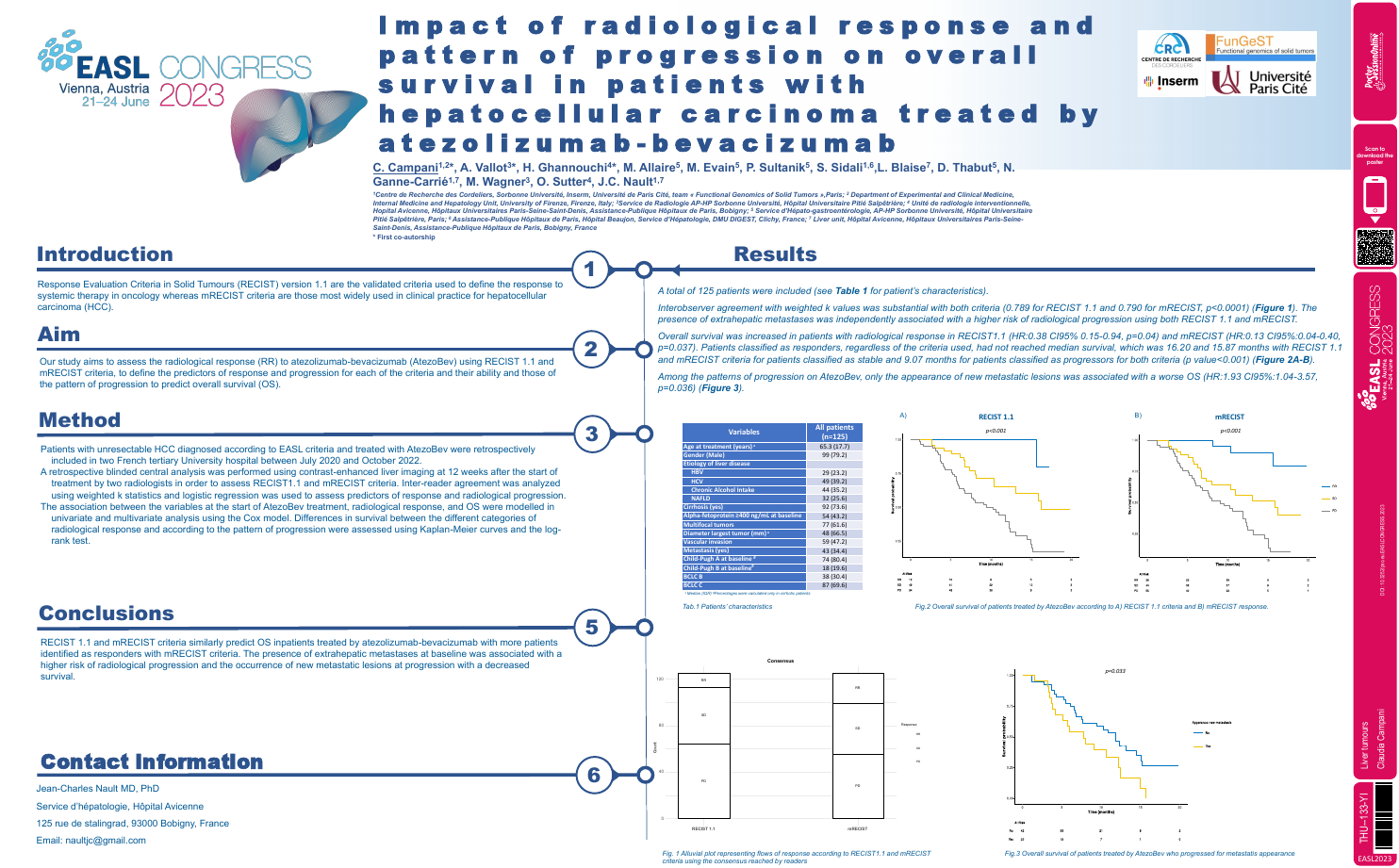
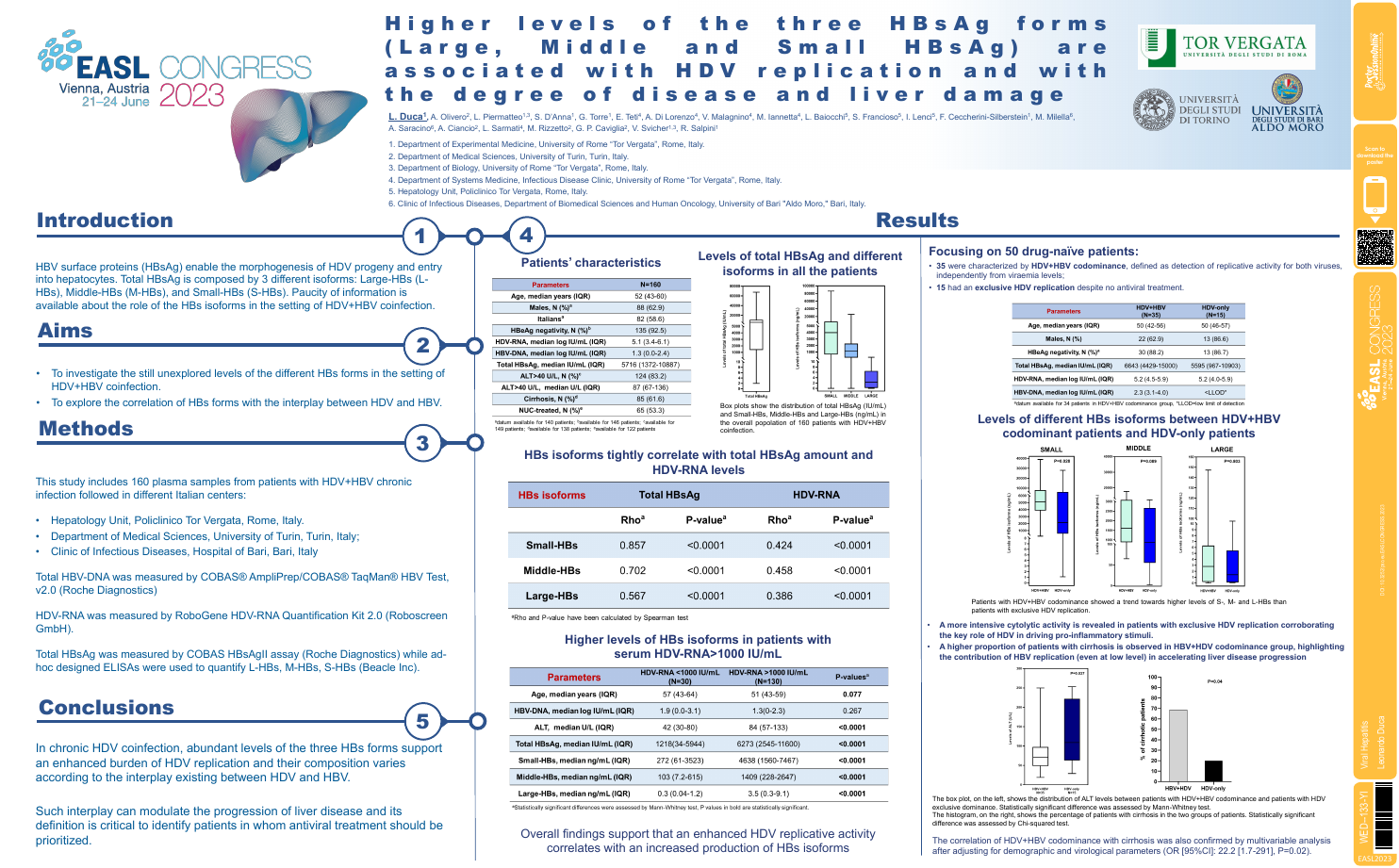
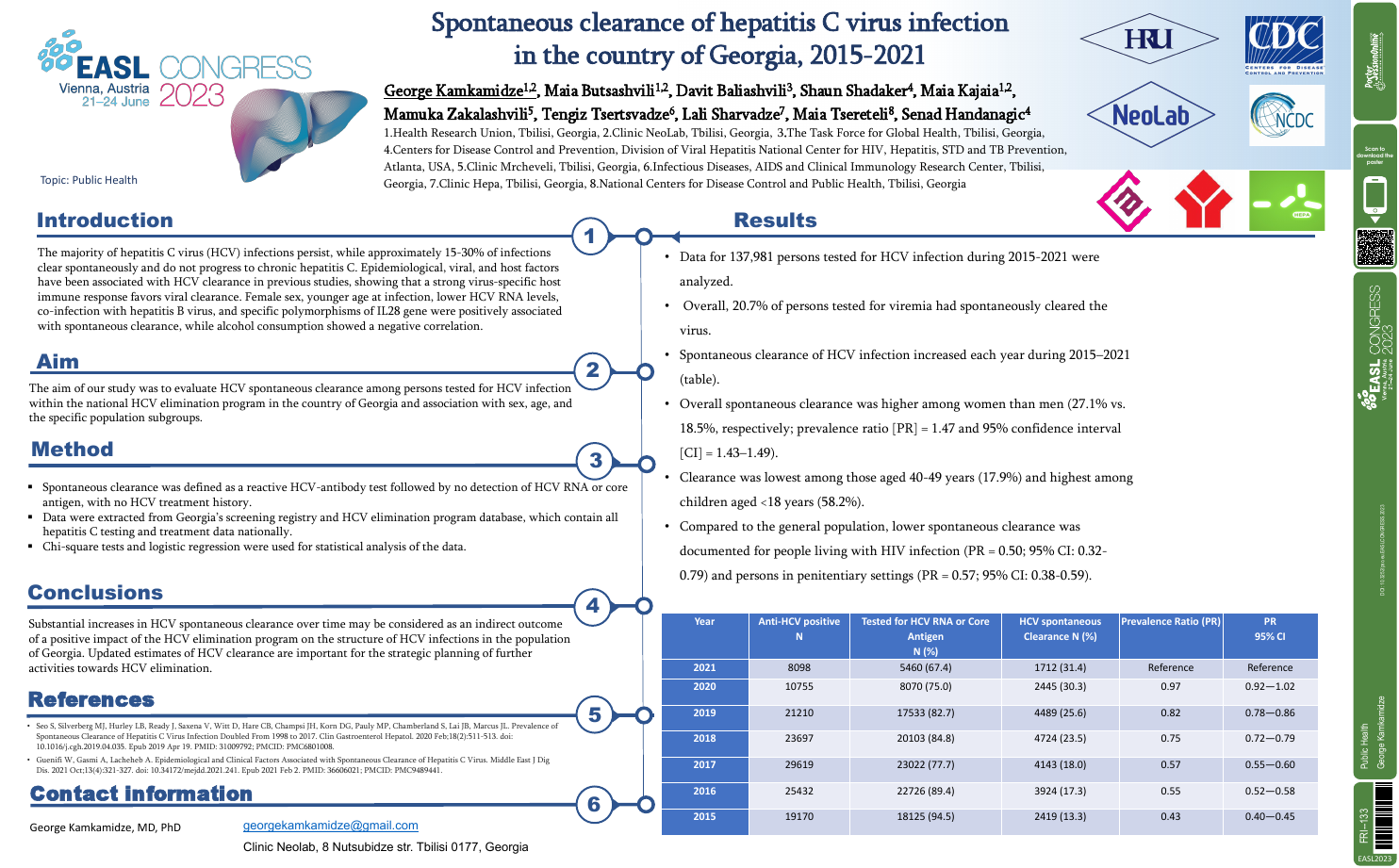
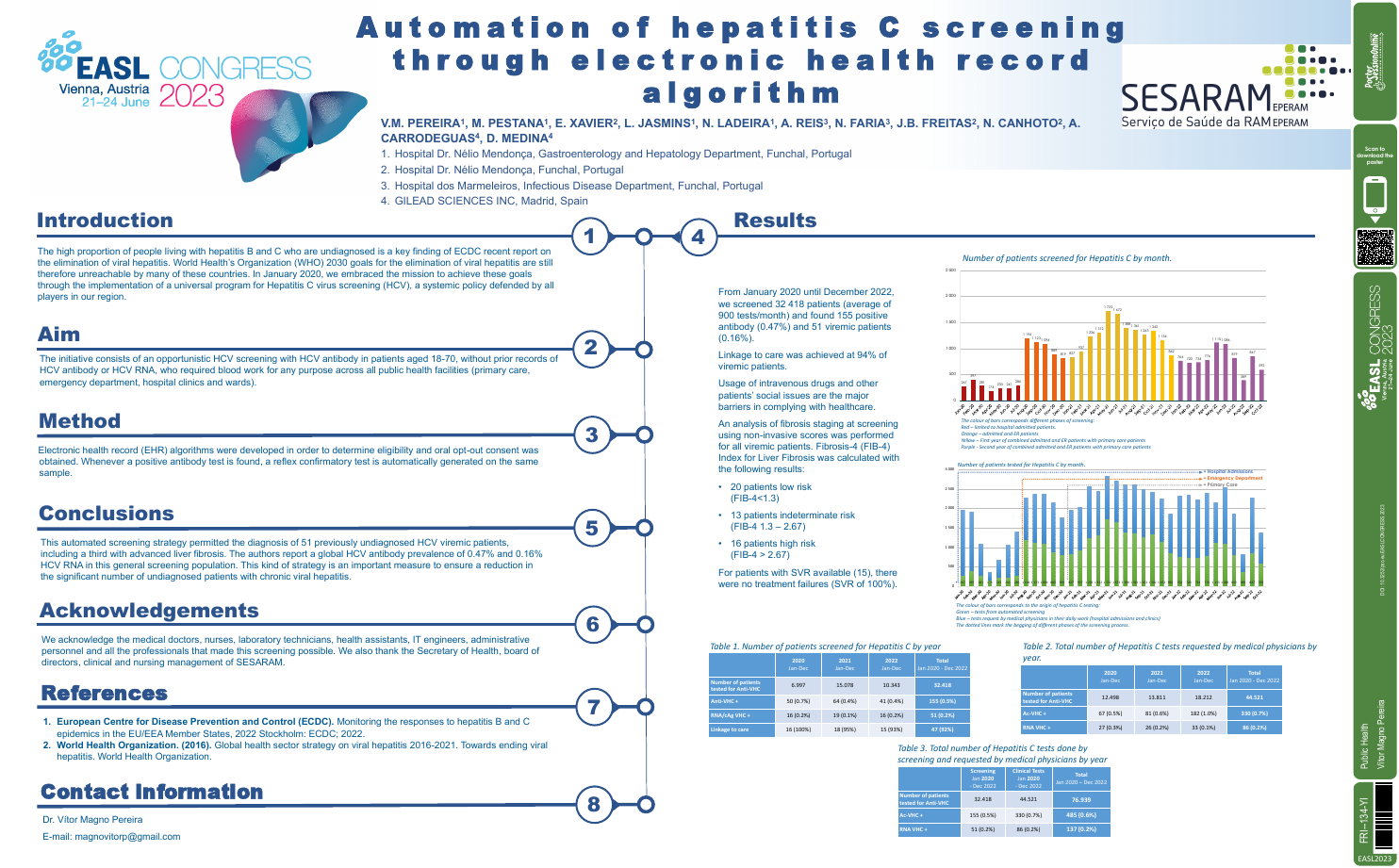
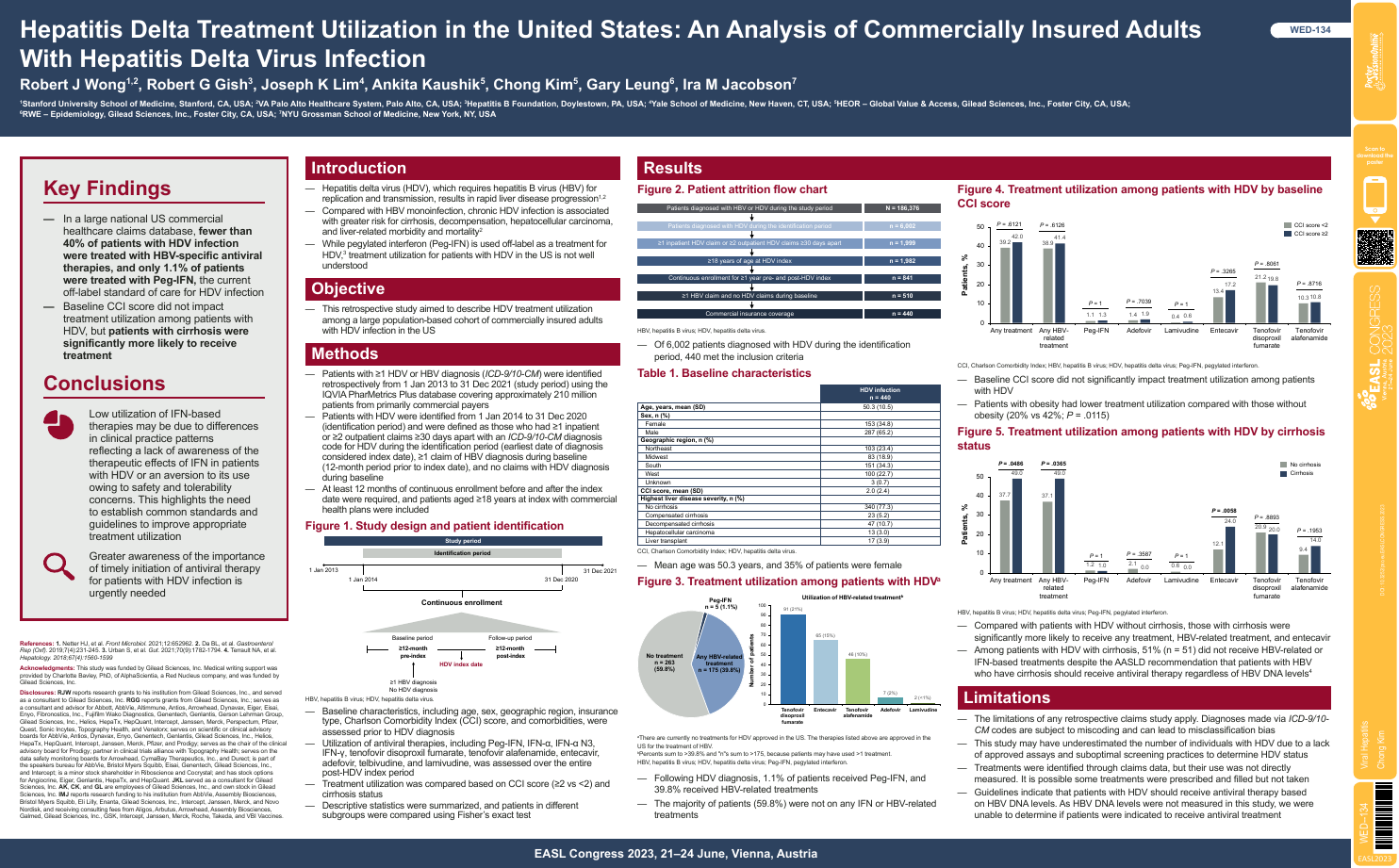
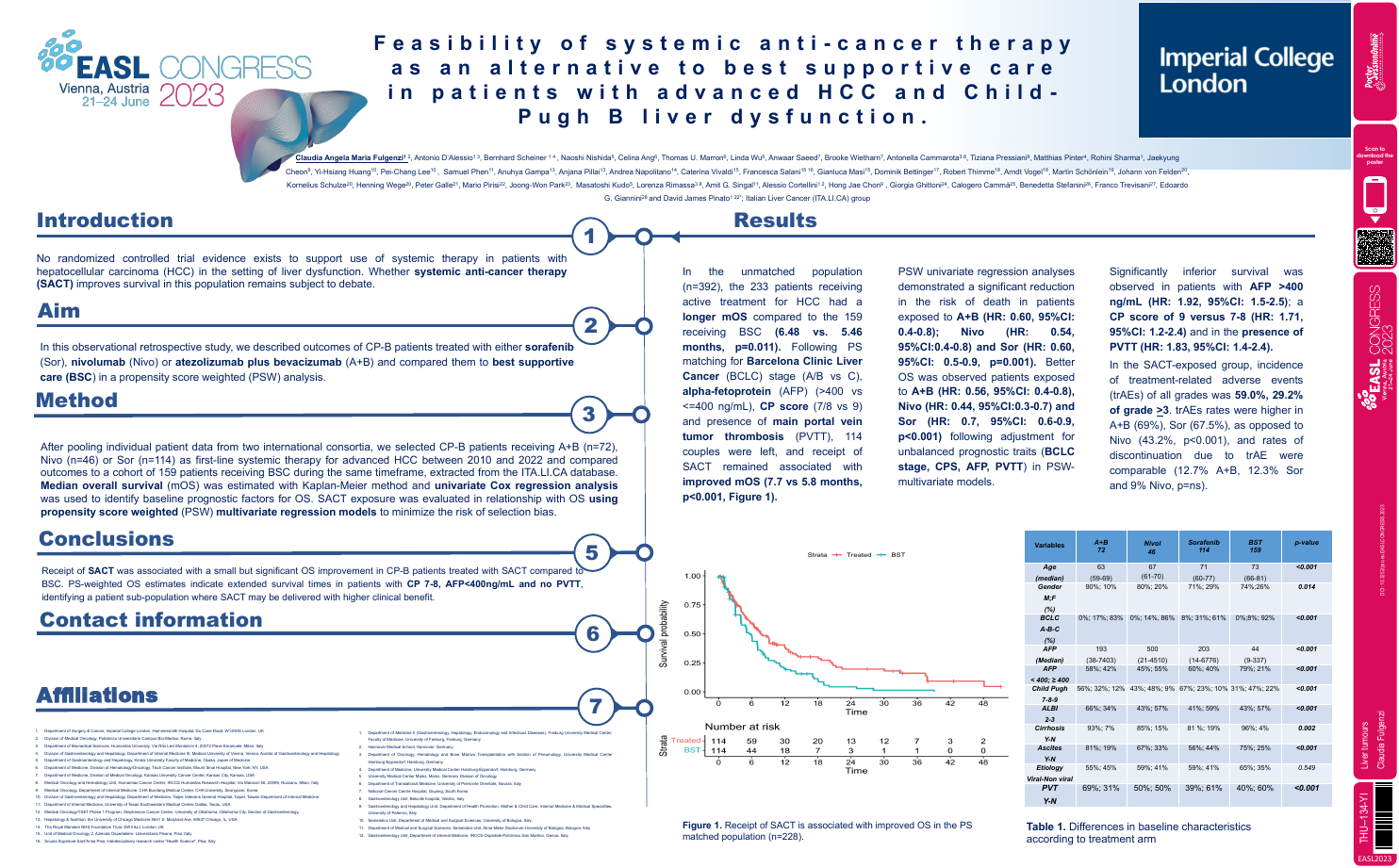
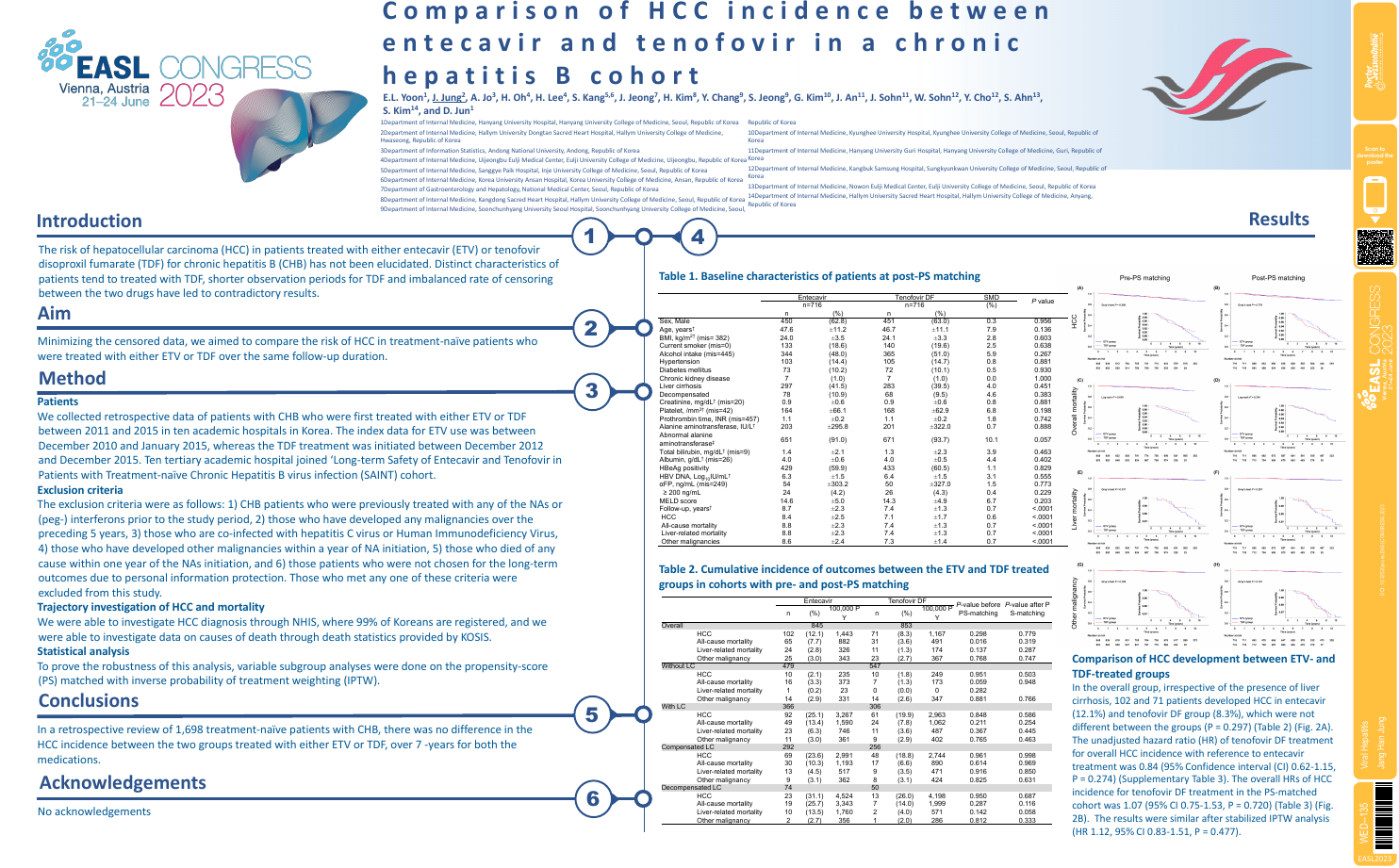
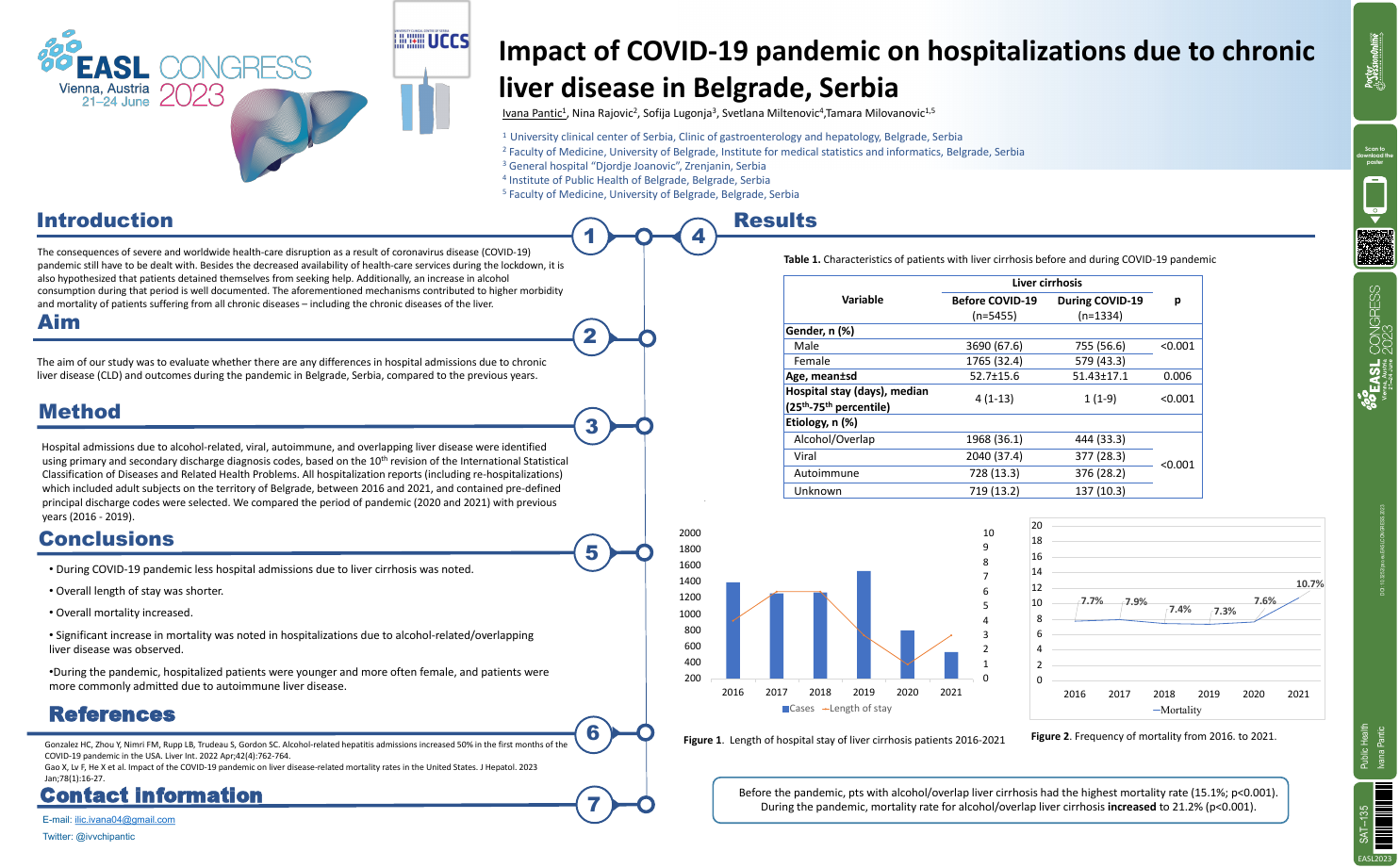
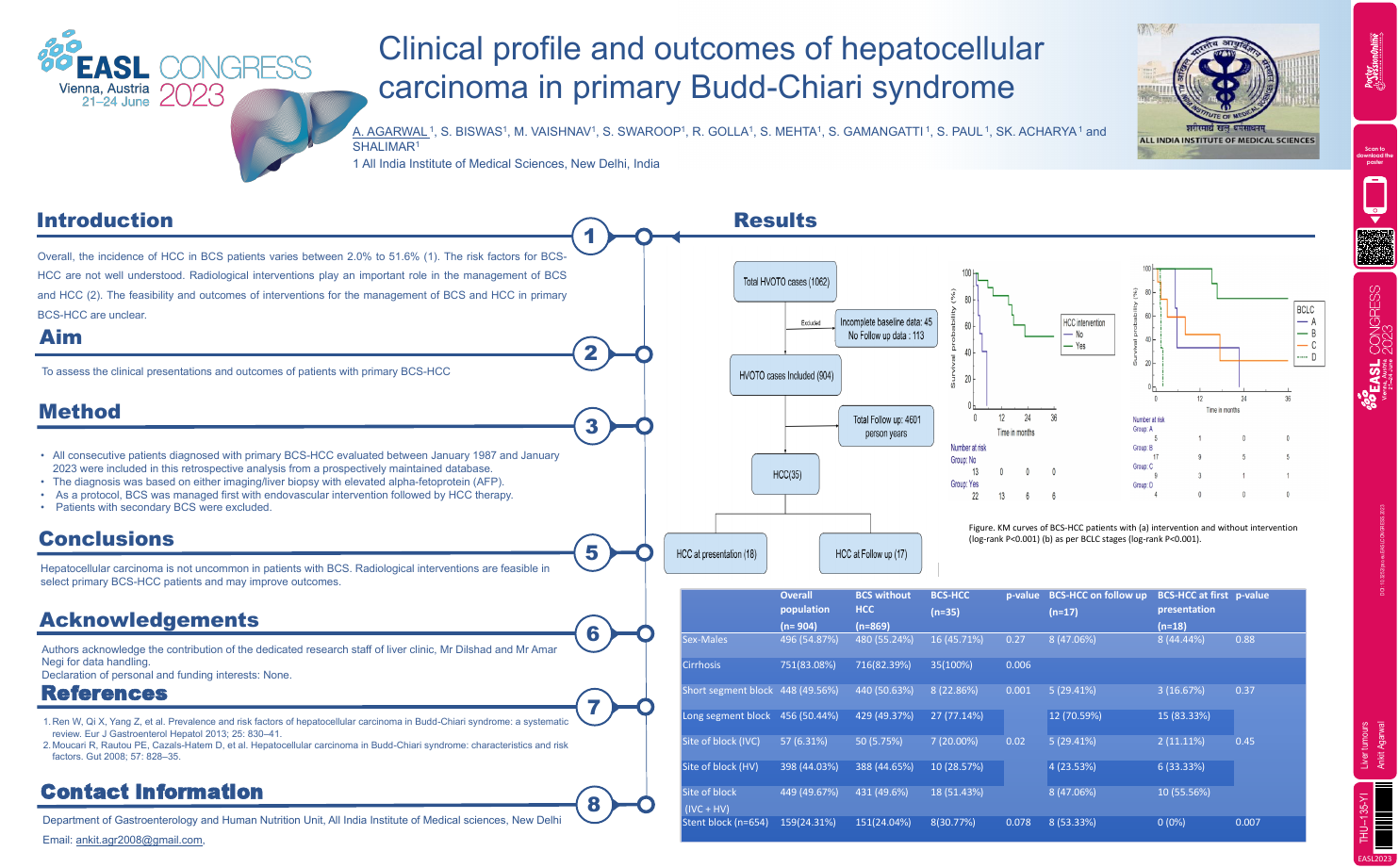
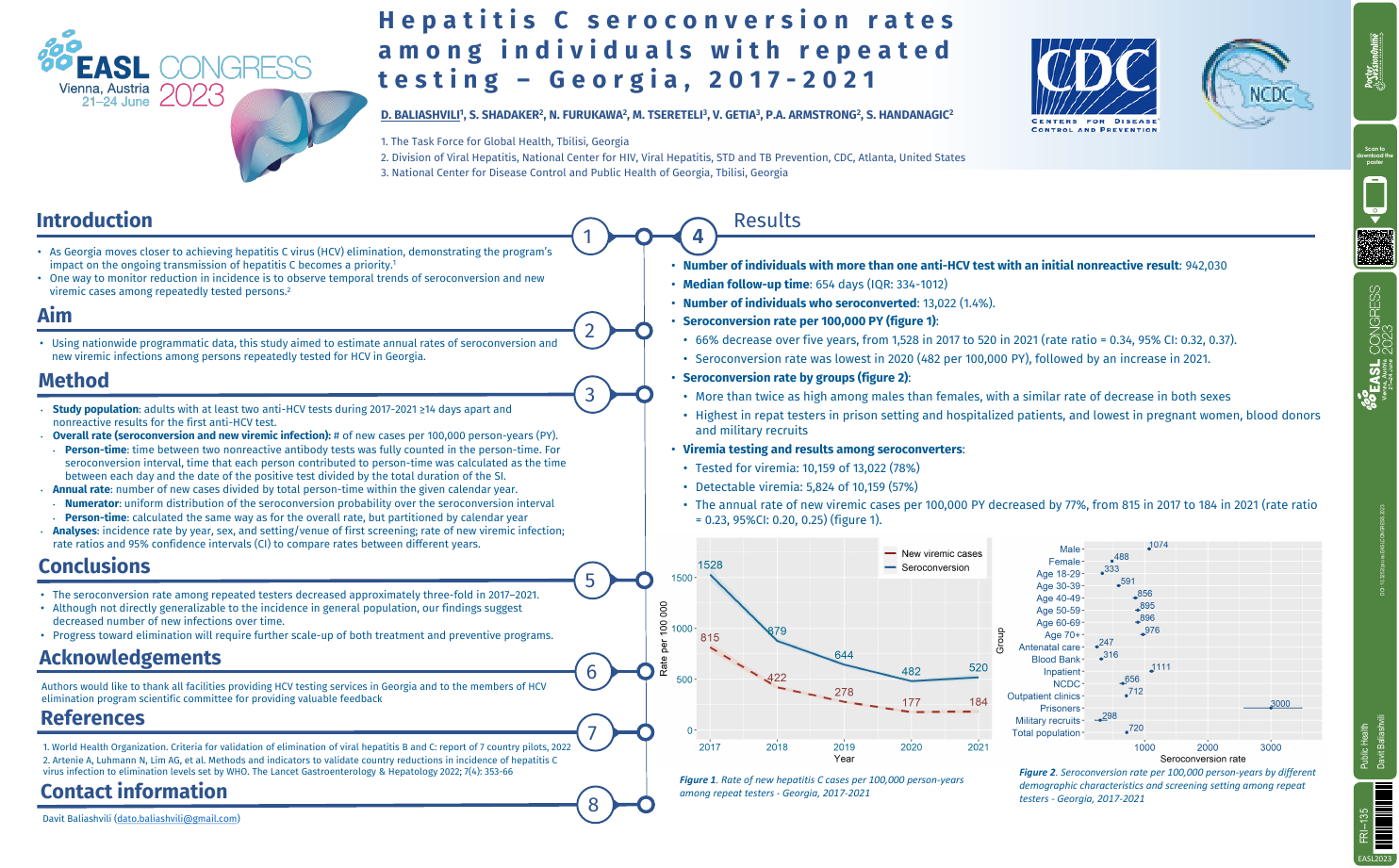
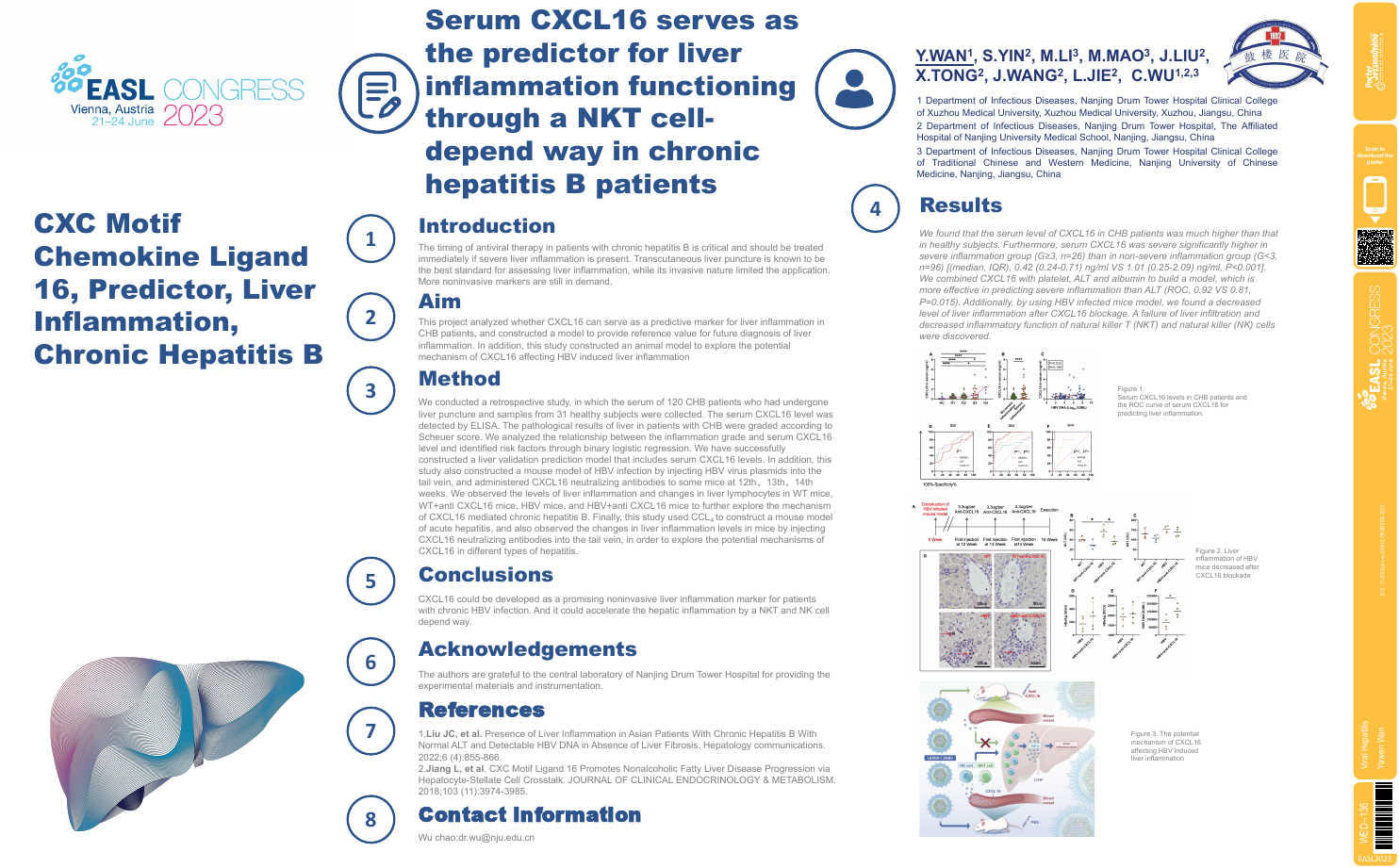
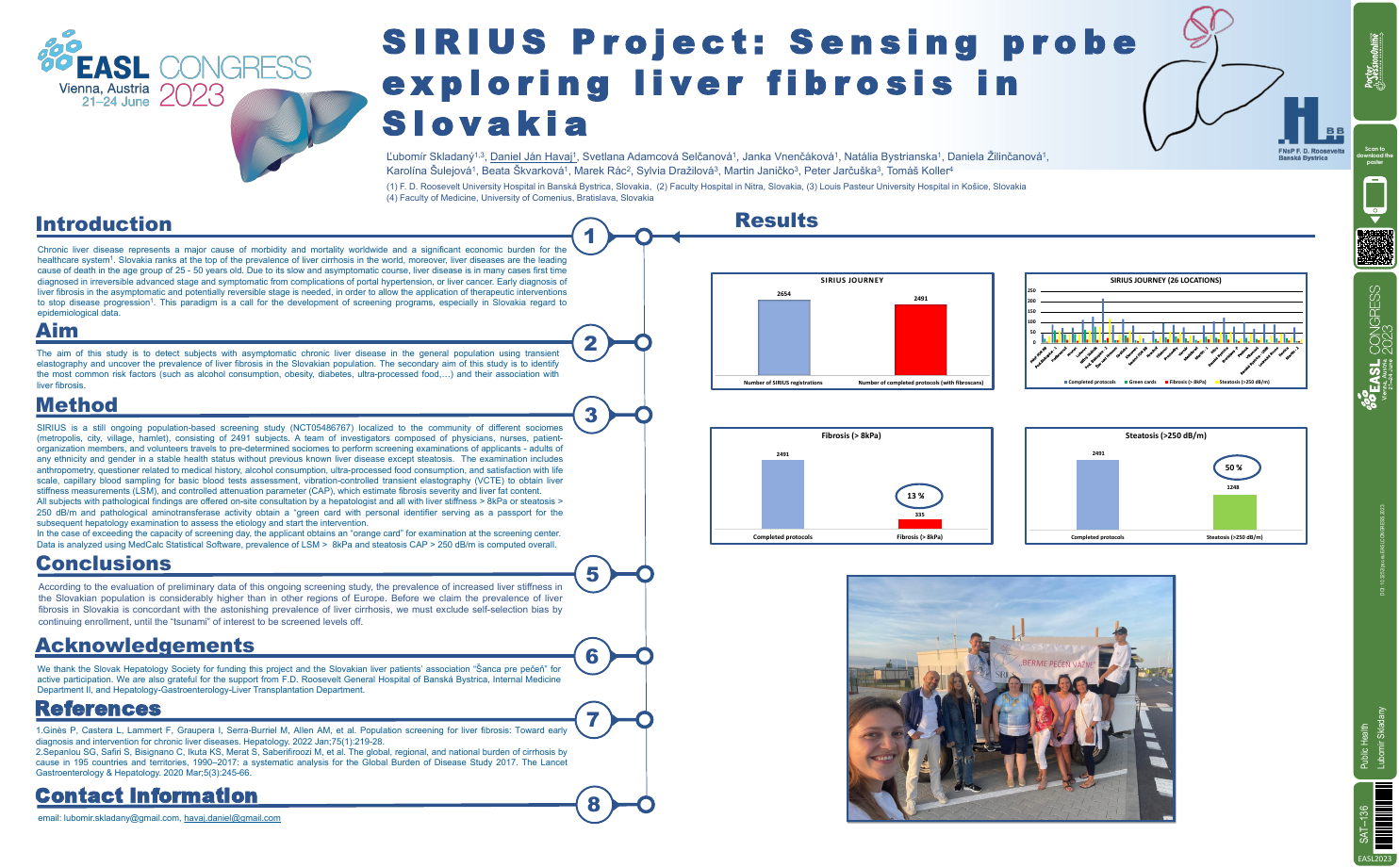
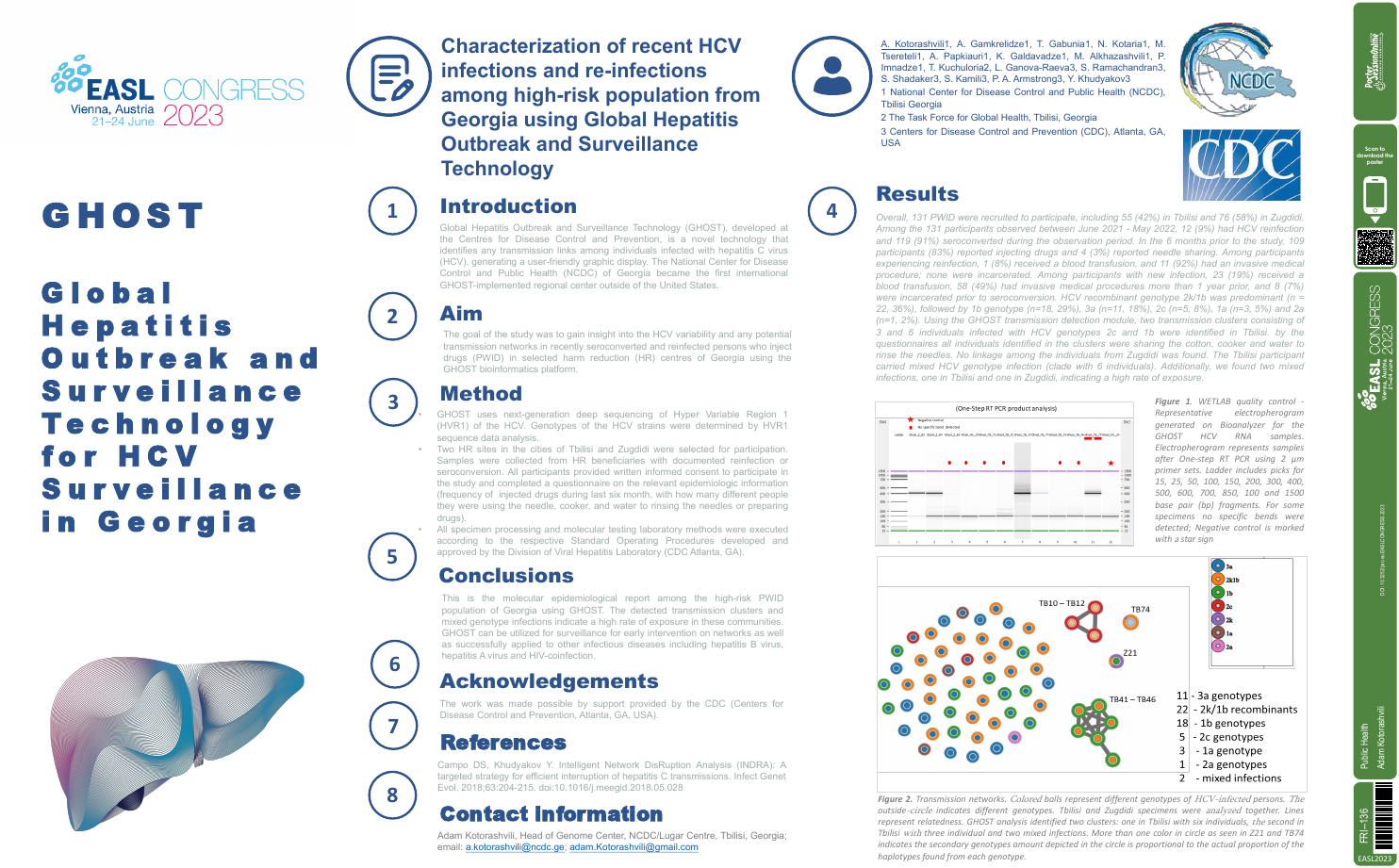
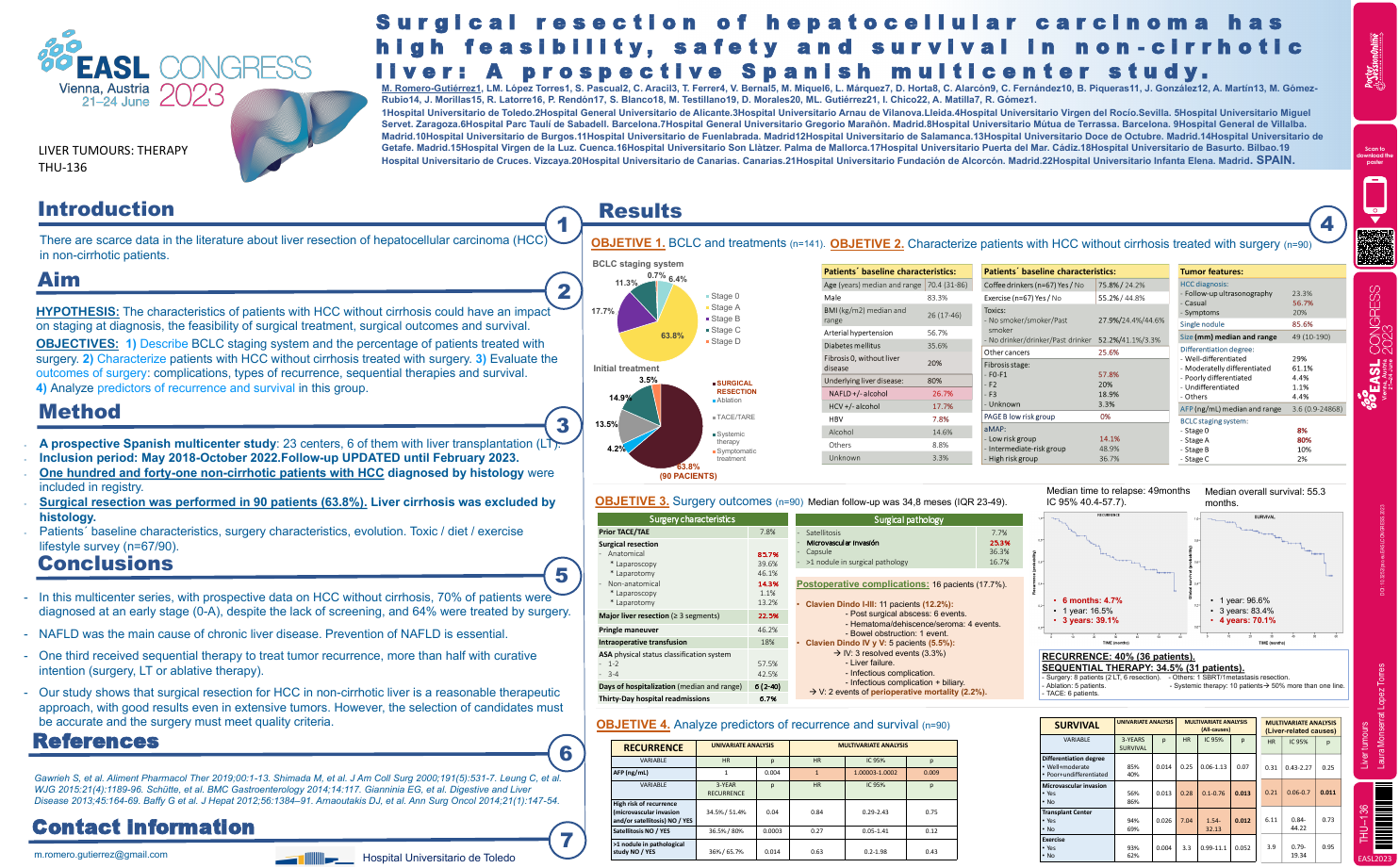
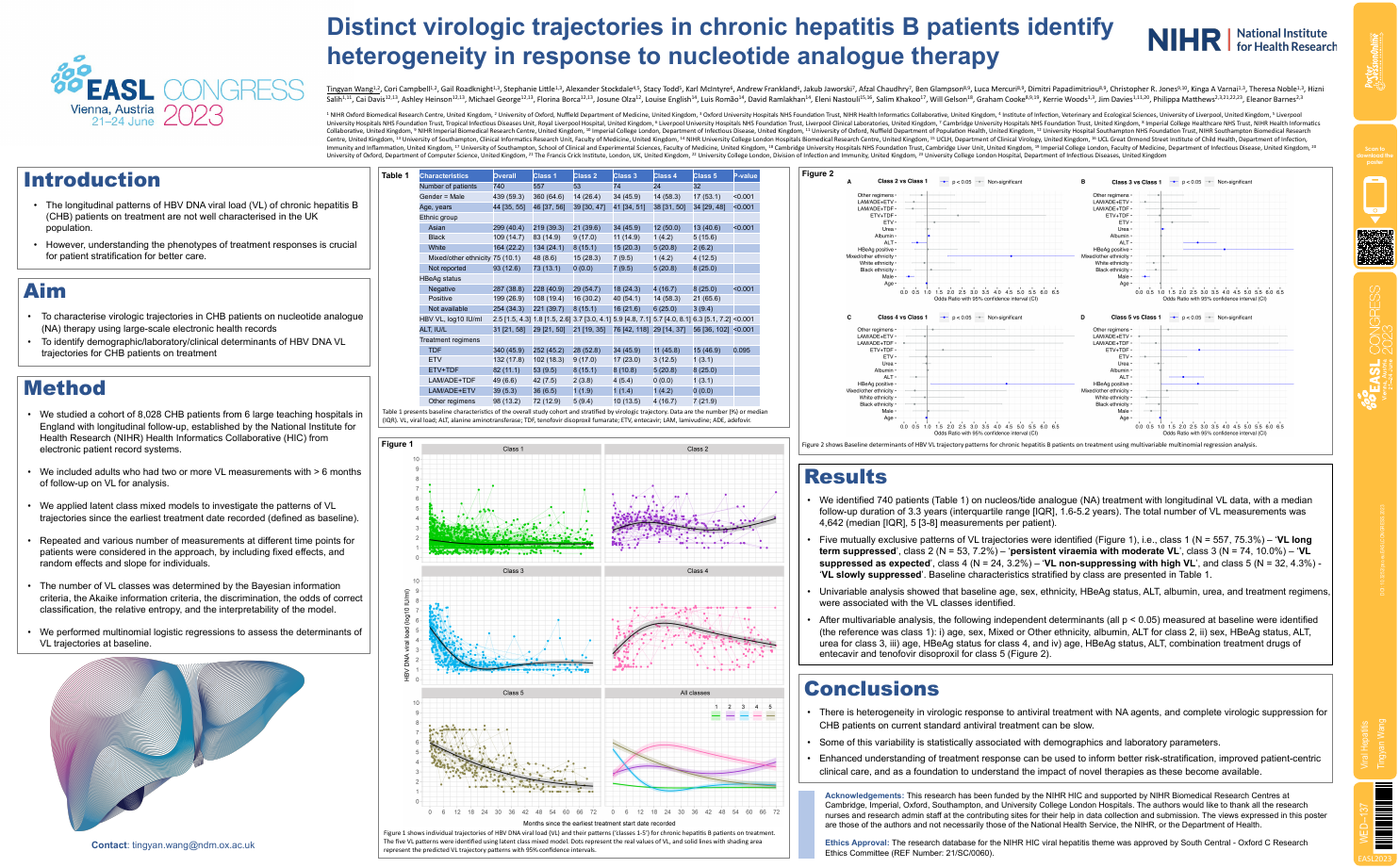

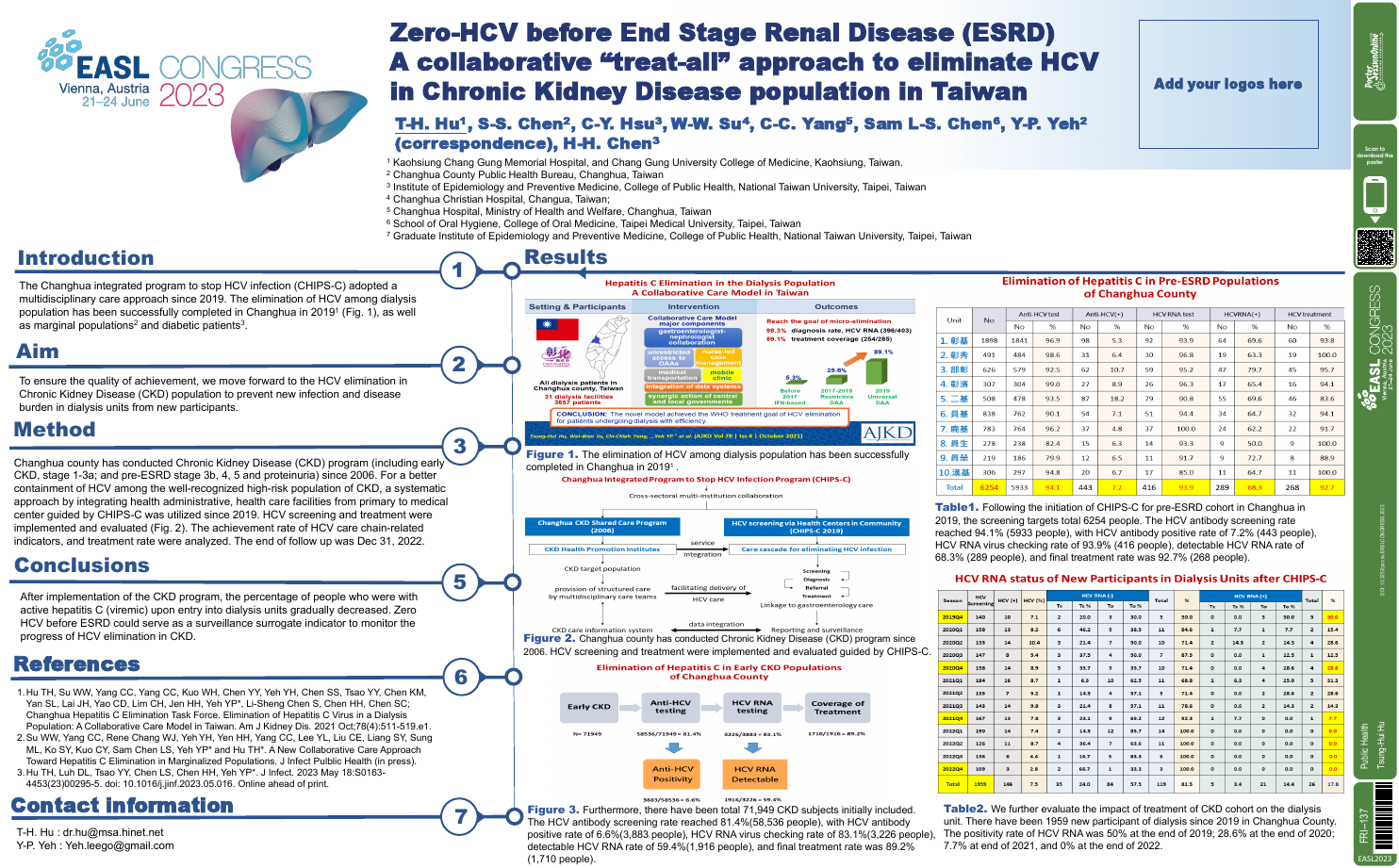
| Association of TLR7 polymorphisms in Cau.. | Janett Fischer .. | .. | Viral Hepatitis.. | - - | |
| Risk stratification for early recurrence.. | Han Ah Lee .. | .. | Liver tumours.. | - - | |
| Comparison of the opt in vs opt out poli.. | Andres Gomez Aldana .. | .. | Public Health.. | - - | |
| Impact of radiological response and patt.. | Claudia Campani .. | .. | Liver tumours.. | - - | |
| Higher levels of three HBsAg forms (Larg.. | Leonardo Duca .. | .. | Viral Hepatitis.. | - - | |
| Spontaneous clearance of hepatitis C vir.. | George Kamkamidze .. | .. | Public Health.. | - - | |
| Automation of hepatitis C screening thro.. | Vítor Magno Pereira .. | M. PESTANA, E. XAVIER, L. JASM.. | Public Health.. | - - | |
| Hepatitis delta treatment utilization in.. | Chong Kim .. | Robert J Wong, Robert G Gish, .. | Viral Hepatitis.. | - - | |
| Feasibility of systemic anti-cancer ther.. | Claudia Fulgenzi .. | .. | Liver tumours.. | - - | |
| Comparison of HCC incidence between ente.. | Jang Han Jung .. | .. | Viral Hepatitis.. | - - | |
| Impact of coronavirus disease pandemic o.. | Ivana Pantic .. | Nina Rajovic, Sofija Lugonja, .. | Public Health.. | - - | |
| Clinical profile and outcomes of hepatoc.. | Ankit Agarwal .. | .. | Liver tumours.. | - - | |
| Hepatitis C seroconversion rates among i.. | Davit Baliashvili .. | .. | Public Health.. | - - | |
| Serum CXCL16 serves as the predictor for.. | Yawen Wan .. | .. | Viral Hepatitis.. | - - | |
| SIRIUS project: sensing probe exploring .. | Lubomir Skladany .. | .. | Public Health.. | - - | |
| Characterization of recent HCV infection.. | Adam Kotorashvili .. | .. | Public Health.. | - - | |
| Surgical resection of hepatocellular car.. | Laura Monserrat Lopez Torres .. | .. | Liver tumours.. | - - | |
| Distinct virologic trajectories in chron.. | Tingyan Wang .. | Cori Campbell, Gail Roadknight.. | Viral Hepatitis.. | - - | |
| Real-world experience of atezolizumab pl.. | Jeong Heo .. | Sang Youn Hwang, Hyun Young Wo.. | Liver tumours.. | - - | |
| Zero-HCV before end stage renal disease .. | Tsung-Hui Hu .. | .. | Public Health.. | - - | |
Abstract
Thunderstorm-related asthma in patients sensitised to olea europaea pollen: twenty emergency department visits for asthmatic symptoms in one single day Losappio, Laura1; Heffler, Enrico2; Falco, Antonio1; Contento, Francesco1; Cannito, Cosimo1; Rolla, Giovanni2 1"Dimiccoli" Hospital, Emergency Department, Barletta, Italy; 2University of Torino - AO Mauriziano "Umberto I", Allergy and Clinical Immunology, Torino, Italy
Background: Associations between thunderstorm and asthma morbidity have been reported in several countries. Common to all epidemics of thunderstorm-related asthma is a significant increase in atmospheric allergen load during and immediately after a thunderstorm. Sensitization to Alternaria species or to grass and parietaria pollens has been suggested to play a key role in thunderstorm-related asthma. The only reported event of thunderstorm-related asthma in Mediterranean area was attributed to sensitization to parietaria pollen.
Method: here we describe a series of 20 patients who presented to Emergency Department in Barletta (94,000 inhabitants), Puglia (Italy) for sudden and severe asthmatic symptoms between May 27th and 28th 2010 (from15:36 to 5:02), immediately after a violent thunderstorm which occurred following a very hot morning (mean temperature: 29°C). All the patients have been subsequently visited by an allergist and underwent allergological work-up which included skin prick tests and a careful clinical history. Local pollen counts were available.
Result: Between May 10th and June 10th 2010, 86 Emergency Department asthma visits were recorded, 20 of them during the study day. Patients' mean age was 44.25 +/- 18.5 years (range: 9-81), 8/20 females, 2 smokers, 16 with a previous history of known respiratory allergy. Only two patients regularly took anti-asthma drugs. All 20 patients were sensitized to Olea europaea pollen, 7 of whom were monosensitized. Ten patients were sensitized to grass, 7 to parietaria, 5 to compositae, 5 to cypress, 5 to house dust mites, 3 to dog and 1 to cat danders. No patient was sensitized to Alternaria. Mean pollen count was 17 granules/m3 for Olea europaea, 6 granules/m3 for grass pollen.
Conclusion: This is, in our knowledge, the second epidemic of thunderstorm related asthma described in Mediterranean area and the first one in which sensitization to Olea europaea played a key-role. In conclusion, our report indicates that thunderstorm asthma may involve different allergens (not only fungal spores and grass or parietaria pollen) in different geographic areas, depending on the seasonality of thunderstorms and allergenic pollen.